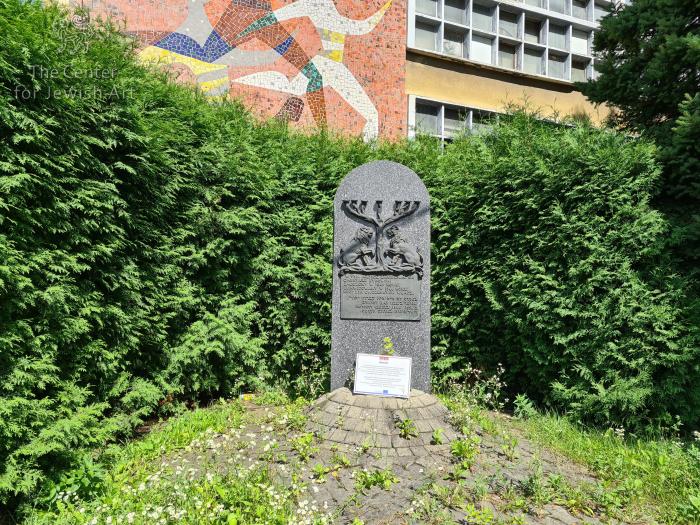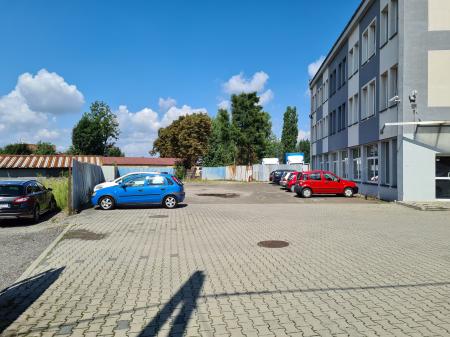Obj. ID: 51950
Jewish Funerary Art Site of the Jewish cemetery in Bielsko-Biała (Biała), Poland

According to ESJF European Jewish Cemeteries Initiative, Jewish cemetery in Biała was established in 1849 on the road to Hałcnów, on the border of Biała and Lipnik. In its first years, the Jews leased the area of the cemetery and bought it in 1902. In the second half of the 19th century, the community built a funeral house, which survived until 1926. By 1919, the cemetery was nearly full, so the Chevra Kadisha (burial society) purchased and managed an additional three plots. Towards the end of the 1920s, the cemetery was surrounded by a brick and concrete fence. A new funeral house was built to replace the previous funeral house and it survived until the 1950s. Burials in the cemetery continued to take place during and after World War II. By 1955, about 2,000 people were buried in the cemetery.
In 1956, the cemetery was abandoned and subsequently became the property of the State Treasury, which designated the land for industrial development. In 1958, the “Befa” Fittings Factory was built in the western part of the cemetery. During the construction work, the first bodies were exhumed and reburied at Cieszyńska Street. Despite Jewish protests and judicial interventions, in 1966, after the liquidation of Chevra Kadisha, the minister of municipal economy decided to liquidate the cemetery and allocate the area for the expansion of the “Polsport” Sports Equipment Factory. A decision was made to exhume the bodies, giving the families only two weeks to organize. Ultimately, only about 130 graves were exhumed at the expense of “Polsport,” and the remaining 1,500 were transferred to a shared grave. Single exhumations financed by individual families (approximately 30–40) also took place in the following years. Almost one third of the tombstones preserved from the destroyed cemetery (180 matzevot) were moved to Cieszyńska Street. The remaining ones were stolen or used for construction purposes, such as for rubble and hardening the Niwka stream bed and the “Polsport” factory yards. Some were likely taken to a landfill near the railway station. The land of the cemetery was leveled. On December 13, 1996, a monument commemorating the cemetery was unveiled.
In 2017, the City Council of Bielsko-Biała adopted a spatial development plan allowing for the possibility of building a housing estate on the site of the former Jewish cemetery. The collapsing “Polsport” factory is considering selling the land to developers. An architectural plan for the development has already been created. In 2021, the future of the cemetery is still under threat.








